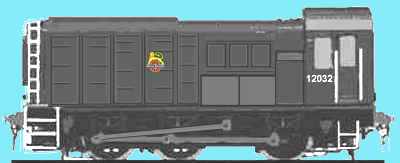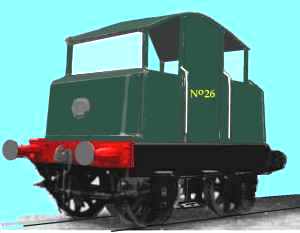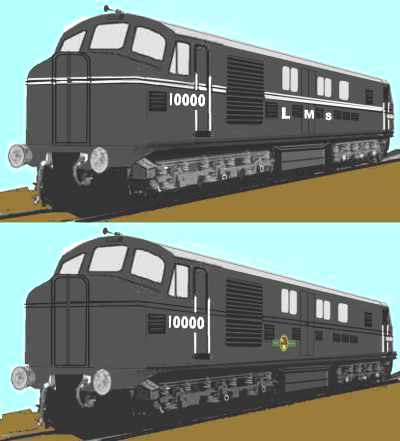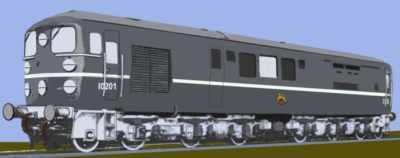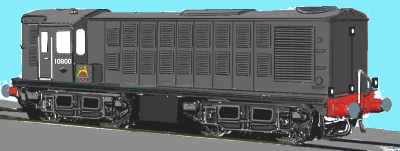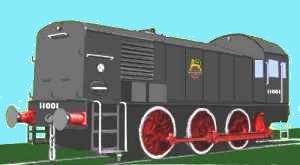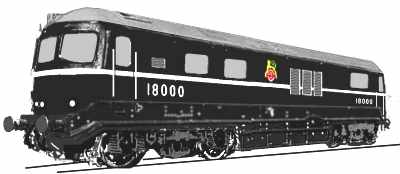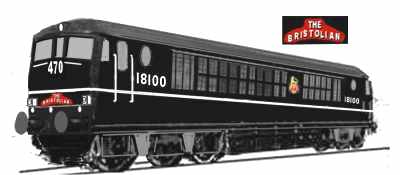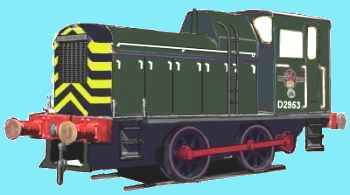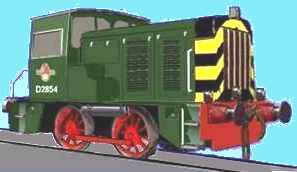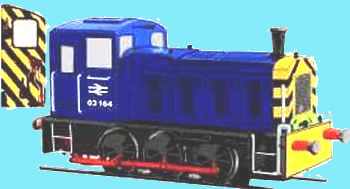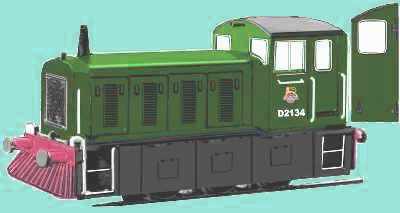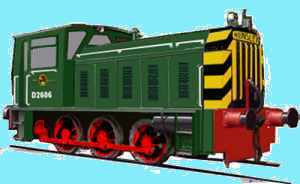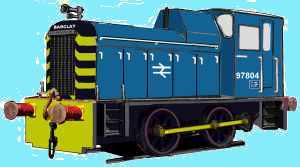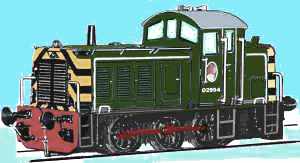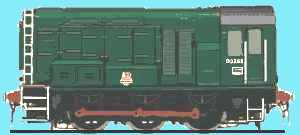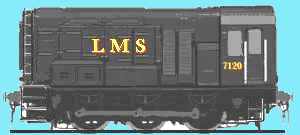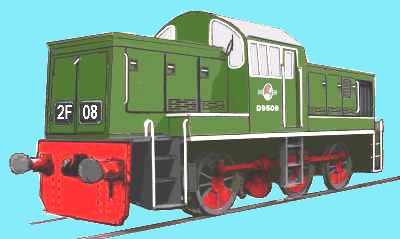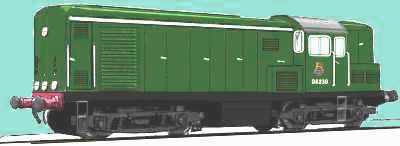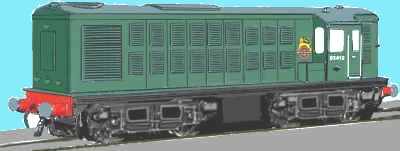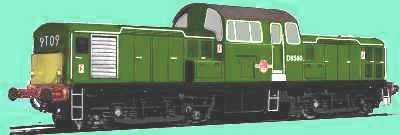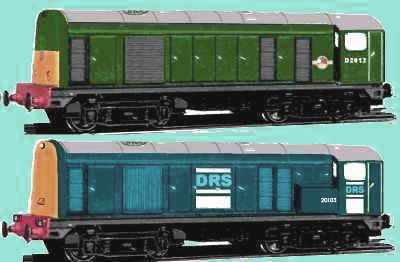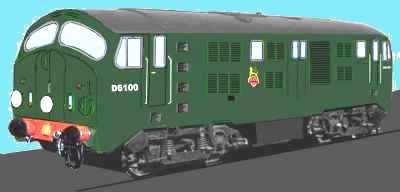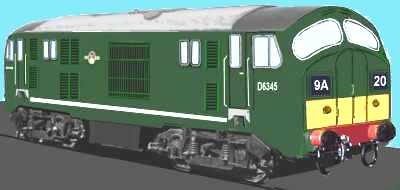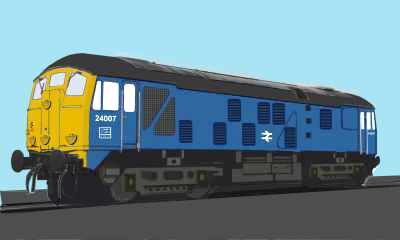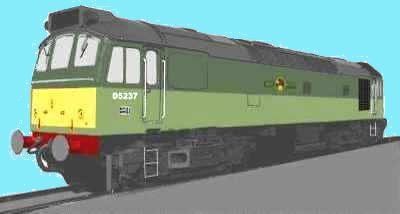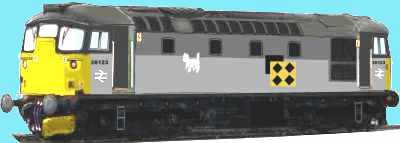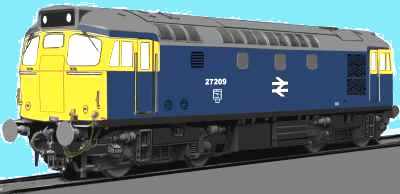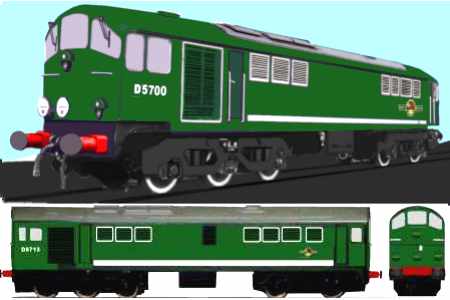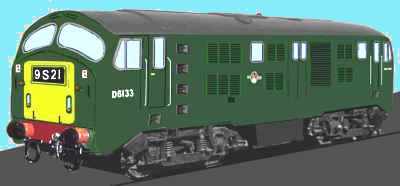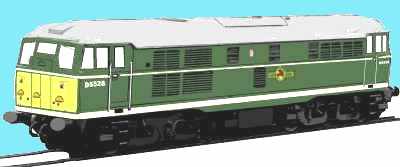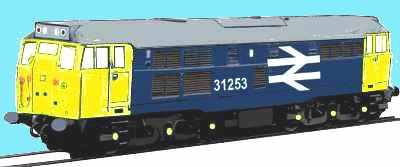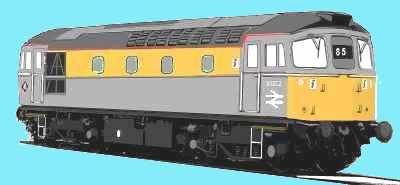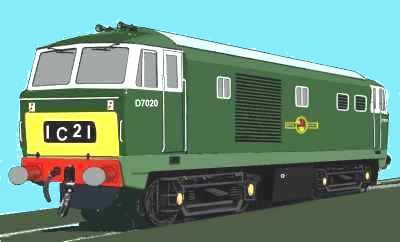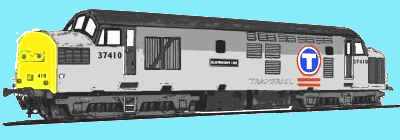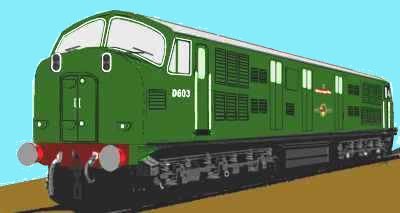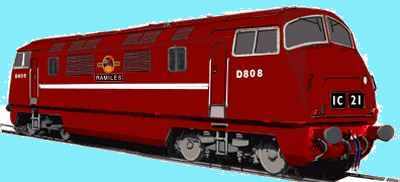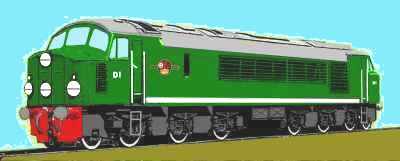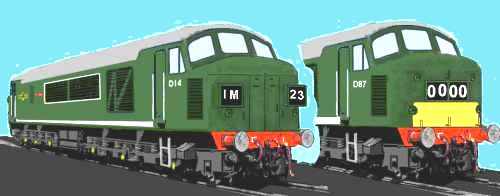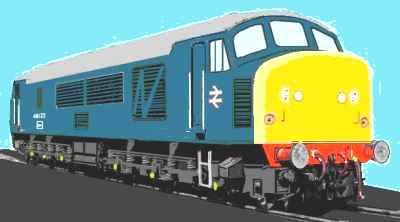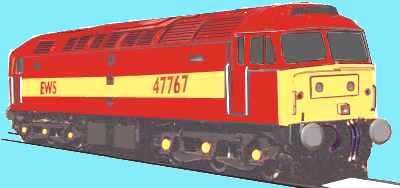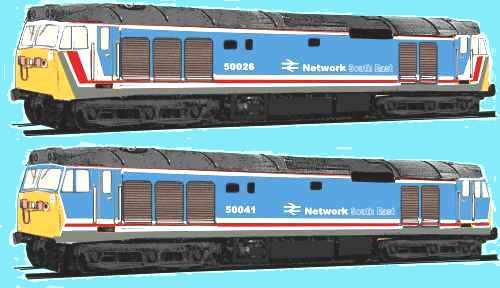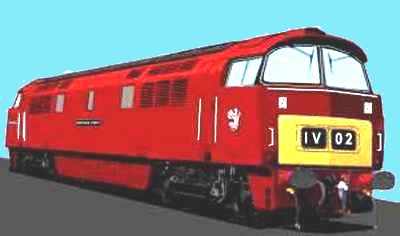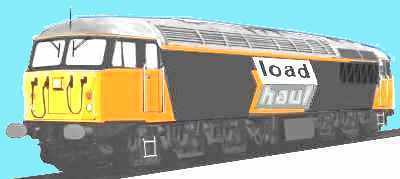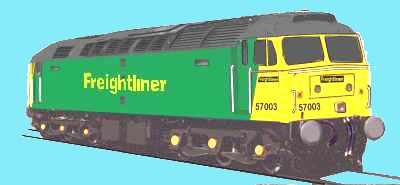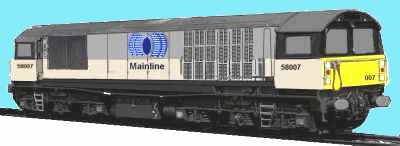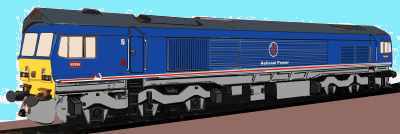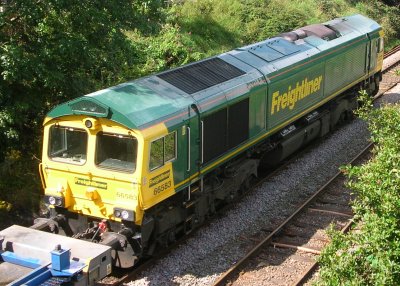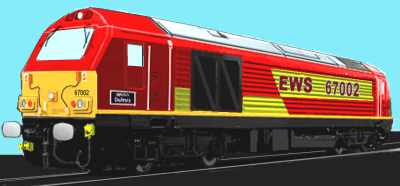International Good Guys ~ Making the world a better place since 1971 ~ Site maintained by
All material Copyright © Mike Smith 2003 unless otherwise credited
| Return to Locomotives index page |
Note: The text of this section has been completely revised and updated by Alan Cox in mid 2005 and now contains a lot more technical information on the individual classes of engine. I am also deeply indebted to the members of the uk.railway and uk.rec.models.rail newsgroups who have provided a great deal of the information.
NB The sketches used for illustration the work of Mike Smith, they are very rough and certainly are NOT scale drawings.
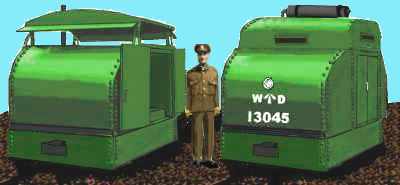
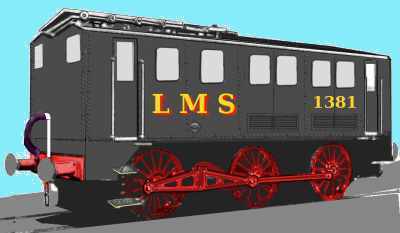
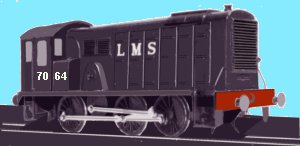
The last of the jackshaft-type ex-LMS shunters were withdrawn around 1967/8- I remember seeing some in the Liverpool area around then.Peter Abraham was able to advise -
Quite a few went into WD service during WW2 and were shipped to mainland Europe after the opening of the Second Front. The preserved example in the UK was brought back from either France or Belgium, I believe.
There is still an example in Italy, operating on the 'private' line from Arezzo to Stia on the eastern edge of Tuscany. Remarkably, it's not their oldest loco, this honour being held by a couple of 1924 built electrics. Brian
These were built first in 1939 to a Stanier design developing a previous jackshaft design. They were numbered 12003 - 32 in 1951 and remained so in 1960, at which time they were classified as D3/7 in the E &NER. In the LMS period they were grouped with all the similar diesel/Electric shunters. Hope this helps as I have no modern data.
